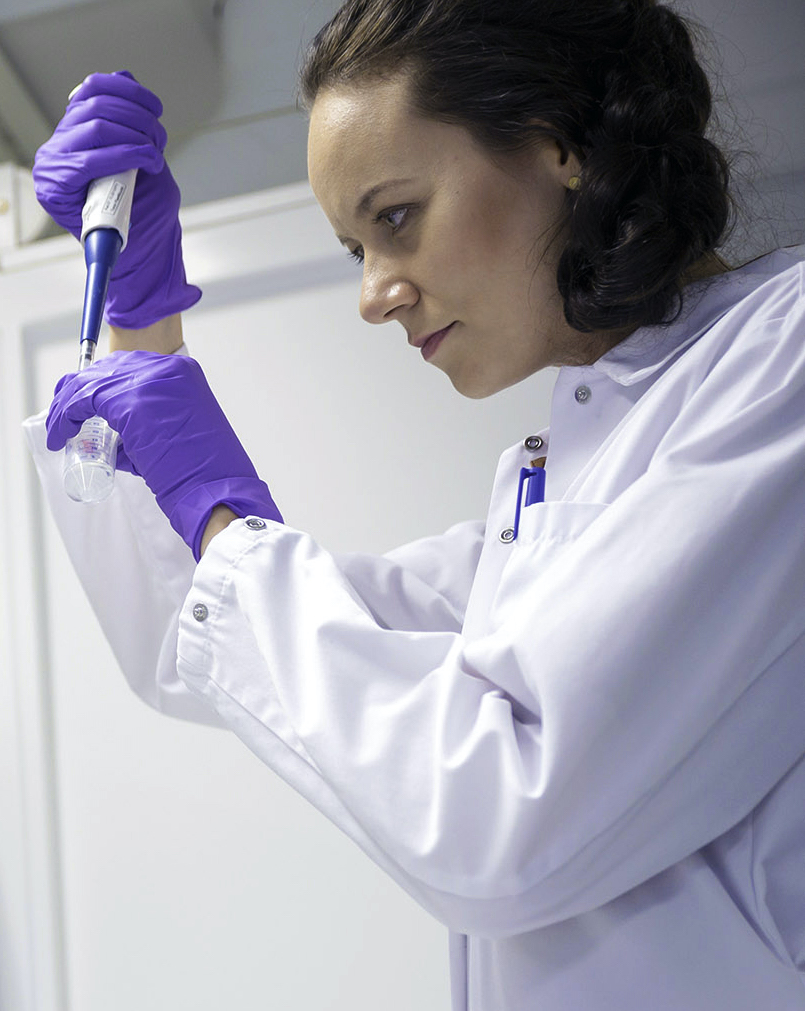Pharmatest
Services
Preclinical Skeletal Disease Models
Pharmatest is a CRO offering full-service efficacy testing of new drug candidates for treatment of osteoporosis, osteoarthritis and osteogenesis imperfecta. Our osteoporosis models include in vitro bone cell cultures (osteoclasts and osteoblasts) and animal models of primary and secondary osteoporosis.
Our proprietary in vitro bone cell assays have been designed for pharmacodynamic testing of new therapeutic agents against osteoporosis and cancer-induced bone disease before entering animal studies.
Our projects can range from preliminary studies to regulatory studies performed according to the guidelines of FDA and EMA. We have also designed special project types for testing biosimilars and functional foods that have less extensive regulatory requirements.
Animal models of Osteoporosis
With the osteoporosis in vivo models Pharmatest offers specially designed study setups for testing anti-catabolic and anabolic compounds in prevention and treatment settings.
Our ovariectomy (OVX) and orchidectomy (ORX) models are ideal choices for the efficacy testing of anti-catabolic and anabolic compounds for postmenopausal and male osteoporosis, respectively. We also offer a model of glucocorticoid-induced osteoporosis (GIO) as a model of secondary osteoporosis.
Animal models of Osteoarthritis
Our animal models of osteoarthritis models can be used for the efficacy testing of new compounds, including disease-modifying osteoarthritis drugs (DMOADs), for treatment of osteoarthritis.
Pharmatest offers several rat models of osteoarthritis:
- MIA model, where OA is caused chemically by intra-articular injection of monoiodoacetate (MIA)
- MMT+MCLT model, where OA is caused surgically by medial meniscal tear (MMT) and medial collateral ligament transection (MCLT)
- ACLT model, where OA is caused surgically by anterior cruciate ligament transection (ACLT)
- ACLT+pMMx model, where OA is caused surgically by ACLT and partial medial meniscectomy (pMMx)
Rabbit pMMX and ACLT models are also available.
Animal model of Osteogenesis Imperfecta
Our mouse model for Osteogenesis Imperfecta (OI), utilizes ‘Amish variant’ mice carrying a G610C mutation in the Col1a2 gene. These heterozygous mice (+/G610C) replicate human type IV OI, displaying a mild-to-moderate severity that includes reduced bone mineral density and strength.
Contact an Expert


